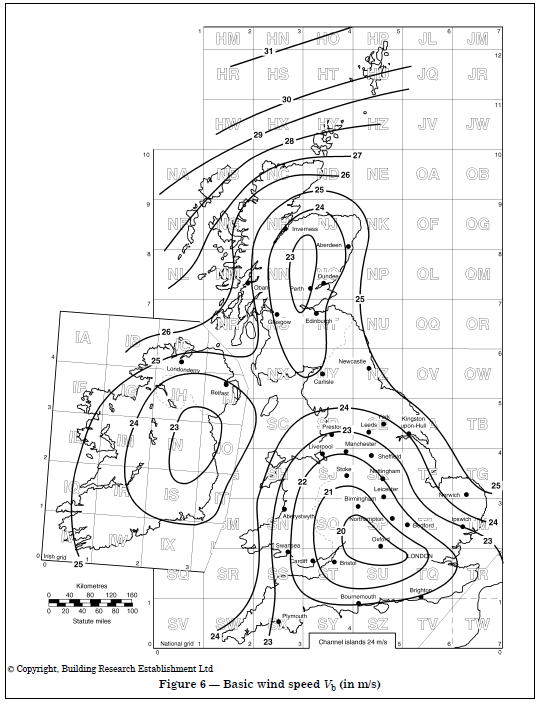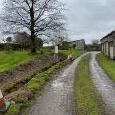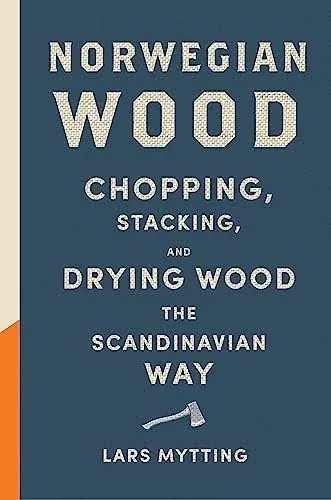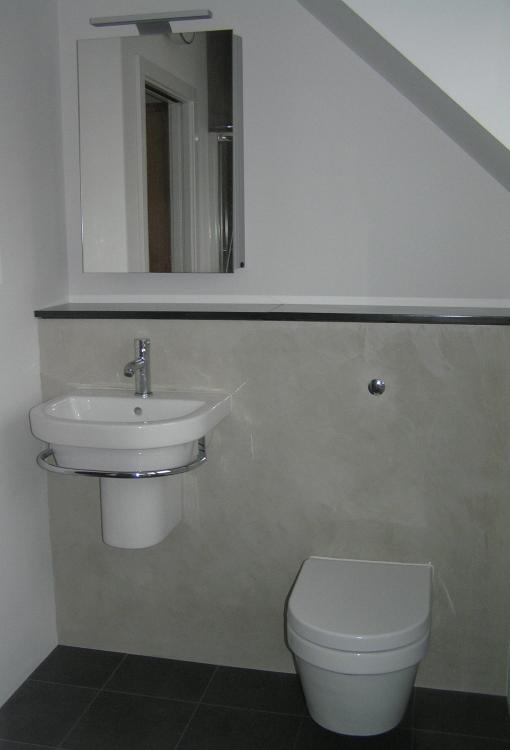Leaderboard
Popular Content
Showing content with the highest reputation on 09/27/24 in all areas
-
We've had to keep this a big secret. About 2 years ago, we were approached by Channel 4, asking us if we wanted to feature on Grand Designs. Like many of us on here, having watched the show a lot, and seeing how they typically go, we immediately said 'no' 😂 . After a fair bit of discussion, we came round to the idea, as we thought it would be a nice professionally produced story of our self-build, and so here we are. You can catch our full story and how it all went, on Wednesday 2nd October, Channel 4, 9pm. And for a sneak peak, you can see what we've been building on our Instagram: @thefoxesmaltings6 points
-
I hope not! Of course.. voluntary work is so good for the soul. Ok the maths. I'll relate this to wind load on a house then cut to the chase about driving at hwich I'm a bit not Nigel Masell.. more like Rowan Atchinson.. enough knowledge to be dangerous but without the cash to excecute well. Excuse the spelling and grammer please. Simplistically the wind load on a house is related to the speed of the wind as we know for life experience. The general equation is air mass x the wind speed squared. For interest ( if you have nothing beter to do) I've screen shotted a wind diagram from the BS design code. . For the non mathematical often we can simplify maths by removing things that stay the same.. say the weight of your car. This lets us quickly compare like with like even though the number we get at the end does not equate to say a true real life value that we could then use to design a roof truss say. We can call this a qualitative analysis. In Oxford the basic wind speed is 20 metres per second... about 45 miles per hour (gust speed).. Build Hubbers.. do not use this as a value for your design.. as it then gets modified a lot. In the North of the country it is say 27 - 31 metres per second. Using the equation.. force = mass x velocity squared the two results can be compared in a qualitative manner. That said I hope the wind diagram helps you see how things could change for your house design depending on where you live. If you have big areas of glass then its a consideration.. is the glass and double glazing going to be ok if I live in Cornwall say. The mass of air is the same (except in the far north and the Hebrides where it is rarified by Whisky fumes so is a little lighter) so the "Energy ~ = mass of air * wind velocity squared. Just say the mass of air is 1.0 something units 1.0 * 20^2 = 1.0 * 20 *20 = 400 units. In the North it's 1.0 * 27^2 = 1.0 * 27 *27 = 729 units.. nearly double the force! When explaining to other designers about wind behavoir I often use the car velocity / breaking distances model as an example as most folk can relate to it. If you hit a kid when driving at 20 mph the energy you hit them with is similar to the wind. Your car = say 0.75 - 2 tonnes.. but it's the velocity that causes a lot of damage. Say your car weights 1.0 unit of measure. At 20 mph the qualitative units are mass of your car 1.0 * 20 * 20 = 400 units. At 30 mph it mass 1.0 * 30 * 30 = 900 units. In other words that extra 10 mph matters a lot. The extra 10 mph has more than double the energy. Now it's known that the survival rate for humans rapidly decreases when the intensity of the energy delivery increases if you get hit by something. This is what we call accelerating or braking if you are in the car. When folk go to the moon they get accelerated by a rocket but slowly. Now the driving courses are intended to make sure you stop before you hit anything.. as a kid could then get slowly rolled over by the wheels of you car at 1 -2 mph. The main thing about the above it to recognise that with a small increase in speed you need to exponentially decrease the rate of acceleration. To be frank.. if you hit someone at a couple of miles an hour you are unlikey to cause them organ damage. But as above the collateral damage comes from then running them over with your car or causing them to fall over and then damage their head say from the fall. Now if you are in an airplane.. the guy / doll up front has a big interest in not crashing at any time! At 150 - 300 knots a bit of difference in relative ground speed is not going to make any difference to you not getting squished. The last thing they are wanting to do is to make contact with anything solid or semi solid in the air.3 points
-
My bco won’t give a flying (expletive deleted) as long as he gets some “electrical sign off “ paperwork . It’s not been a long drawn out build at all ! . It’s been a joyous spurt into diy methodologies and implementations .3 points
-
Brief update: The builder has returned from holiday and replied to our email. He said that he is prepared to address the issues without arguing the toss (although he did then go on to point out why he thinks it’s all a big fuss over nothing…) He has said that he won’t replace the little OSB packers that sit under the joists on top of the ground floor wall as he believes the compressive strength is sufficient for them not to compress over time (he quoted a measure of 15.4N/mm2 compressive strength on horizontal use). I don’t have a problem with that. Whilst we didn’t much appreciate the tone of his response, which was rather tetchy and a bit defensive, we are expecting him to now put things right. Watch this space!2 points
-
Which I find incredible. Your choice of materials has been excellent. Not cheap mind, but has upped the standard I want for my build.2 points
-
Despite the yellow weather warning we luckily had the coastal wind pushing it away, most of it fell on Tuesday but only 6mm The trench foundations are excavated and inspected. Then the concrete poured, and the first blocks laid followed by dolly blocks and internal supporting wall starter blocks Total man days of labour for week 2 is 131 point
-
I get that, whilst I tend to “potter” in my car I find it difficult to potter on my Moto Guzzi 🏍️1 point
-
Yes we know costs, but you also know I'm going to say that I can't spoil anything until the episode get's aired next week! No cash deals, and apart from good negotiating, I don't think we did anything out of the ordinary. Again, can't say too much just yet, at risk of spoiling the show. . BH was one of the many forums we used (and contributed to). Facebook of all places, was extremely helpful. No donation I'm afraid. Pockets are empty from the build.1 point
-
1 point
-
1 point
-
1 point
-
1 point
-
1 point
-
Get rid of that shit cement strap pointing for a start otherwise you’ll end up with spalled brickwork.1 point
-
How can it take only a year? I'm honestly working myself to the bone here and it's taking ages... I'm a competent technician by trade, what am I doing wrong! 😆1 point
-
Hi, I just ran the primary pro insulation straight through the cavity wall. Its a nice tight fit and creates good seal. I have seen the plastic tubes and finishing bezels? Don't think they are required myself.1 point
-
I would consider EPS beads, they will self drain any water away and gravity will fill any voids fully.1 point
-
The sill should overhang by at least 30mm. It doesn't look as though the sills are deep enough.1 point
-
If that’s the boards we can see then it’s not grp, even laid over wet boards grp would be a hard rigid layer that is pretty bomb proof - think of a fibreglass boat or kit car. I reckon you have some sort of fabric with a paint or resinous coating. As above, it really needs sorting or it is likely to peel off.1 point
-
You shouldn't need an EICR for a "new install". You do need the EIC under BS7671 which has the same schedule of tests attached as in an EIC. You'll obviously have the EIC from back when the new board went in. You'll need a Fire Alarm Certificate to BS5839. The fixed wiring and testing thereof to the fire alarm comes under 7671. Of course...over the course of a long drawn out build, COVID etc you may have lost touch with your electrician and the bco might well accept an EICR... 😉1 point
-
Source https://www.gov.uk/government/publications/permitted-development-rights-for-householders-technical-guidance So unfortunately you are correct, it must be obscured to level 3. How well do you get on with the neighbours? If they are happy I would just risk installing clear glass if that's what you want. The planners are very unlikely to come check once the original build is complete.1 point
-
It looks like it is flaking. Leaving it may cause further issues. Can you get it done now?1 point
-
1 point
-
Then you are legends like me ! Rejoice in the futility and ( let’s be honest ) stupidity of trying to build a house on your own . We are kindred spirits !1 point
-
Studs are 88mm wide. We have all the dims for stud location - so hoping that is sufficient to find them!1 point
-
At work we make the door openings 930mm to leave the Chippy happy. That’s for a 838mm door. lintels are dropped on at 2100mm above finish floor. Again to give plenty of room on the height. Any gap between lintel and door lining is packed with insulation before been plastered over. 2100mm will also leave the decision of going 2040mm or 1981mm until another day. As mentioned, knock up some dummy frames.1 point
-
"Hollywood smiles" 😂 - first time we've heard that. Thanks, I guess. You'll have to tune in next week to find out...1 point
-
Oh and BTW you’ll be asked a lot about your GD experience so suggest you write an essay about it1 point
-
I'm guessing from a quick look on Insta that it's because it was a Paragraph 79 build.1 point
-
No gossip about Kev I'm afraid. Apart from that he is such a genuine, and lovely chap. If you're looking at photos of the stairs on the Instagram, they are probably unfinished ones, but once completed, were signed off no probs.1 point
-
1 point
-
not really, aircrete are massively poorer than marmox.1 point
-
Thank you everyone for your input, this is invaluable. @Benpointerthank you for sharing your quote.1 point
-
ICF in the UK doesn’t really need membranes and trays or to be treated like timber frame. But you do need a water shedding strategy with render, cladding, brick or some other facade. The concrete is your water proof layer. You could scrape all the eps off, if you didn’t care about the insulation and the concrete would behave like any concrete structure and give you decades of water proof, rot free performance. ICF is nothing like timber frame, and should not be treated in a similar way. If it wasn’t for the UV in sunlight slowly eroding the EPS, you could leave the bare EPS walls uncovered for many, many years and not see any degradation. EPS is not a new material, there are decades of evidence showing how it performs. ICF is not a new build method and has been around for over 50 years. Watch some Building Science videos with Joe Lstiburek, where he describes the “perfect wall” and what you need to do to prevent water ingress, this starts a the 30 minute mark, but the whole video is worth watching. Every building needs a good strategy for shedding water as this is one of the most damaging environmental effects. https://buildingscience.com/documents/enclosures-that-work/high-r-value-wall-assemblies/high-r-wall-icf-wall-construction1 point
-
We specialise in restoring Jensen’s, that one is a customers returning after a test drive but we also own a few and hope to sell an FF to fund the build.1 point
-
1 point
-
Yes, OFGEM have bowed to the inevitable and finally acknowledged that much old FIT eqpt is nearing the end of its life and the identical like-for-like replamements they used to insist on are simply not available any more. Current guidance is much more realistic including the apportionment rules if capacity is changed.1 point
-
Don’t forget your height choices standard uk doors are 1981 European doors can be 2040.1 point
-
You can chop and change a FIT system without loosing the payments for the original capacity. Google " guidance for FIT generators" and it's all explained in there. Here's the link https://www.ofgem.gov.uk/publications/feed-tariffs-guidance-fit-generators see section 31 point
-
Rough opening for doors is too tight, you need to leave room to pack the lining and get it squared up. just think you can make a wall as soundproof as you want, but as soon as you put a door in it it becomes pointless.1 point
-
Energy is more or less bound to get a lot more expensive over the next decade, as indeed it should given the destructive effects fossil fuels have. So invest in energy generation, insulation and energy efficient heating (aka heat pumps) and transport (aka public transport and electric cars). That's of course unless the nutters (aka 'right' wing) take over in which case energy will temporarily get cheaper as a populist stunt, cynically to take control, but once control is taken and the science asserts it's supremacy (because the science is supreme) your children will need to be in the top 1% of wealth to avoid living in conditions that are close to, but not quite, intolerable, as servants to people locked away in air conditioned boxes in the remaining habitable parts of the planet. It's your choice through the ballot box. Use it wisely1 point
-
Especially true as the writing is on the wall for combustion technologies, in all sectors, including pub gardens.1 point
-
Your supplier will or should specify safety glass but there is no regulations yet on the middle pane of glass in a triple glazed unit. Only the inner and outer panes. To save cost, some will leave this as float glass, others will have the middle pane as safety glass (toughened). Basically, if it breaks it’s at your cost. Large panes will already have safety glass factored in dependent on location (not necessarily the middle pane).1 point
-
For each window location the combination of glass functionality might differ, your supplier should know what the rules are, assuming they are certified (FENSA etc) I am not sure how the middle pane needs to behave in all situations and don't forget to decide how the glass responds to sunlight if you want to control solar gain etc.1 point
-
needs planning, truss company needs to know so they can account for the weight, will probably need to sit on a stud wall below to take the weight. You need to lift it 400mm off the 'floor' of the loft so you can insulate under it, there is risk of freezing. https://www.discountheating.com/telford-tempest-300-litre-unvented-horizontal-indirect-heat-pump-cylinder.html1 point
-
I don't have a horizontal cylinder but the only disadvantages I saw / found when looked at one for here were: 1. Structural they are not really single point loads so you need to be sure you get them put above a suitable supporting structure. 2. Stratification of the water temperature is harder / impossible to achieve - this can be an advantage as well. 3. They loose heat marginally faster than vertical cylinders do.1 point
-
To add a more rounded picture, MVHR isn't all about cost recovery / return on investment - the same as many kitchens and bathroom suites will never recover their investment. Apart from any cost savings (which can be real), if MVHR is properly specified an installed it can filter the outside air, maintain a healthy internal atmosphere, avoid noise transmission through trickle vents, reduce condensation & mould risk, and avoid blowing warm air out through rattling extractor fans. And probably some other things I've not thought of. As for air-tightness, the Building Regs standards are very unambitious. Passivhaus requires no more than 0.6 air changes per hour under 50pa of pressure, and values as low as 0.2 are possible. However that is only achievable if the architect designs-in adequate airtightness measures, if the various contractors and installers know what they're doing, and if someone is checking the quality of the work and materials used.1 point
-
1 point
-
Hi @Fallowfields We have no mains gas available for our bungalow of about 100m2 floor area which we insulated to the most recent standards. We have a mechanical ventilation heat recovery system(MVHR), ASHP and PV on the roof. A new build is very suited to an ASHP in my opinion because of its standard of insulation and airtightness. We started with bottled gas and a gas boiler with radiators, and later converted to an ASHP. The real benefit with an ASHP for us is using the PV generated energy to reduce the amount of energy the ASHP uses from the grid. This you cannot do with a gas boiler. Its different to use - like the difference say between an AGA and a gas boiler, as in, you need to understand how to get the best from your system. Choose your emitters (radiators or underfloor heating or what ever way to get the heat into the room) carefully. Your thick insulation will slow the home becoming colder in winter and hotter in summer, but realise that solar gain is an important factor to take into consideration. In the mornings, in the summer, our east facing windows produce enough heat to heat the whole building in winter! Good luck. Marvin1 point





















